Governments around the world are racing to establish regulatory frameworks for artificial intelligence (AI) as concerns over data privacy, bias, safety, and intellectual property rise. These efforts aim to address ethical and legal challenges posed by AI’s rapid integration across industries.
Diverse Approaches to AI Regulation
The European Union: Unified and Stringent
The EU has taken a centralized approach with the AI Act, a landmark regulation introduced in 2024 and set to be fully implemented by 2026.
- The AI Act emphasizes consumer protection, ethical norms, and robust compliance measures.
- It governs various AI applications, including their use in physical devices and targeted advertising.
Senior Legal Counsel at Oxylabs, Nerijus Šveistys, remarked, “The EU’s swift implementation of uniform regulations sets it apart from other jurisdictions, providing a structured framework for AI governance.”
China: A Gradual, Technology-Specific Strategy
China has implemented phased regulations targeting specific AI technologies since 2021:
- 2021: Regulations for recommendation algorithms, enhancing digital advertising capabilities.
- 2022: Laws for deep synthesis models (e.g., deepfakes).
- 2023: Rules for generative AI models as commercial applications gained momentum.
This step-by-step approach reflects China’s prioritization of regulating AI technologies most impactful on its economy and society.
United States: Decentralized and Slow
In contrast, the U.S. lacks unified federal-level regulations. Efforts are mostly state-driven, such as California’s proposed AI Act, but progress is slow.
Šveistys highlighted potential reasons for this delay:
- Business pushback and lobbying efforts.
- A perception of AI as a futuristic concern rather than an immediate legal issue.
Balancing Innovation and Safety
Stringent regulations, such as the EU’s, offer robust ethical safeguards but may impose compliance costs that stifle innovation. Conversely, less-regulated environments risk overlooking consumer protection and ethical adherence.
Šveistys explained, “While rigid frameworks may slow innovation, they bring benefits like protecting consumers and ensuring ethical AI practices, especially in sensitive fields like advertising and autonomous systems.”
AI Regulation’s Impact on Industries
Web Scraping and Data Collection
AI’s transformative role in web scraping—improving efficiency, accuracy, and adaptability—is under scrutiny as regulations tighten.
- Legal Risks: Companies using AI for data collection must navigate privacy and copyright laws carefully.
- “Scraping copyrighted content without authorization could lead to legal issues, now compounded by AI-specific regulations,” Šveistys noted.
Copyright and Generative AI
High-profile lawsuits involving generative AI tools like OpenAI and Microsoft highlight concerns over using copyrighted materials for AI training without permission.
- These cases could set precedents for intellectual property protection in the digital age.
- Businesses must proactively assess the legality of their data collection and AI training practices with legal experts.
Key Global Developments
- UK Proposal: The UK is considering allowing tech firms to use copyrighted materials for AI training unless explicitly opted out by rights holders.
- EU Expansion: The EU AI Act extends to physical devices, showcasing the breadth of its regulatory scope.
- China’s Focus: Targeted regulations aim to balance innovation and control in high-impact AI applications.
Looking Ahead: The Evolving AI Legal Landscape
AI regulation marks a turning point in technological governance. Businesses must adapt to a rapidly evolving framework by:
- Monitoring global regulatory developments.
- Consulting legal experts on AI usage and data collection practices.
- Striving to balance innovation with ethical and legal compliance.
As Šveistys summarized, “The AI legal landscape is new and dynamic. Continuous adaptation is essential for businesses navigating this complex, transformative era.”
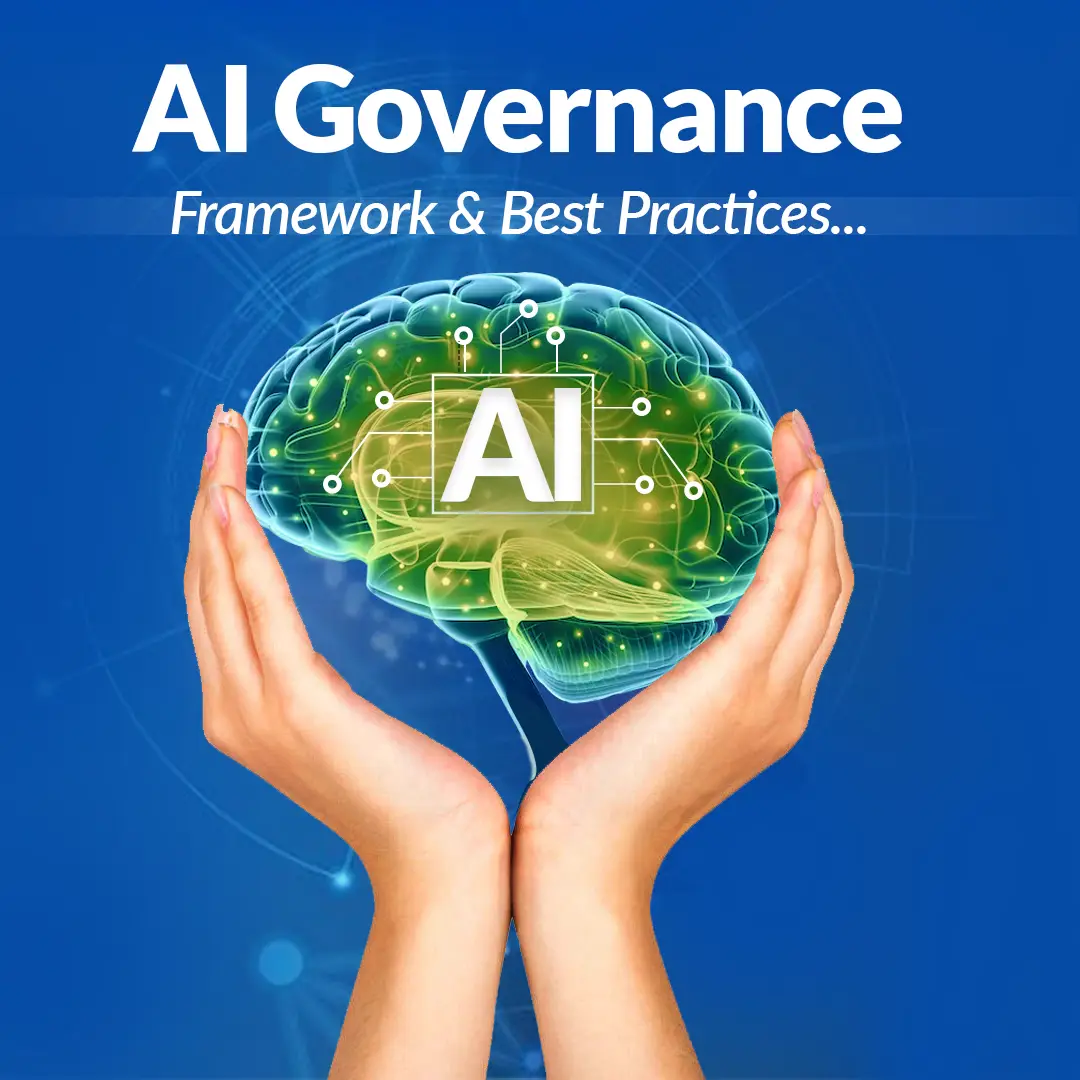
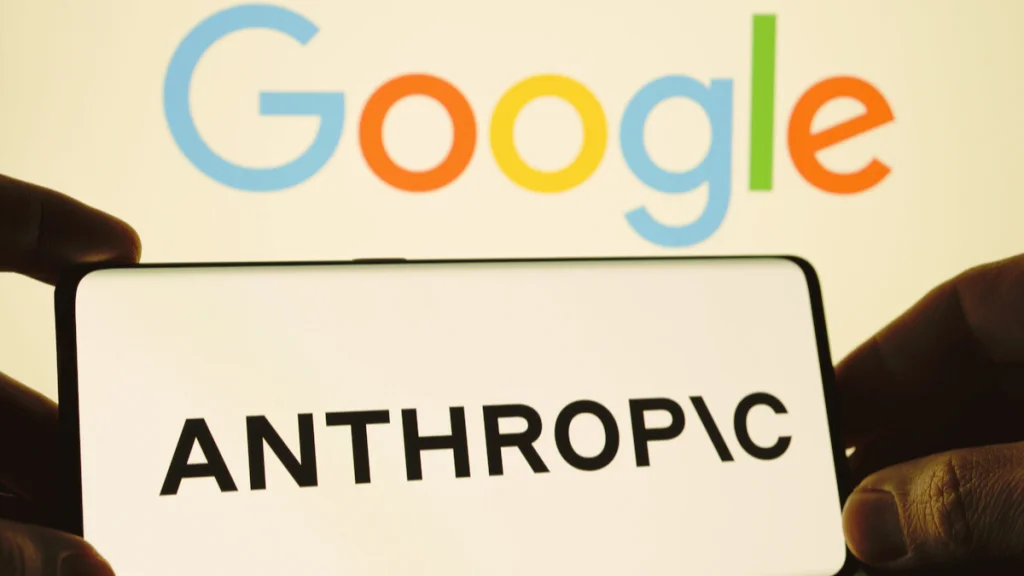
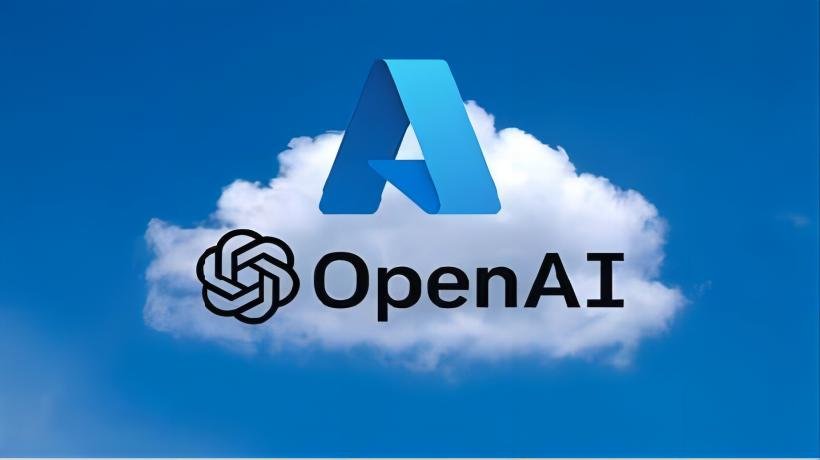
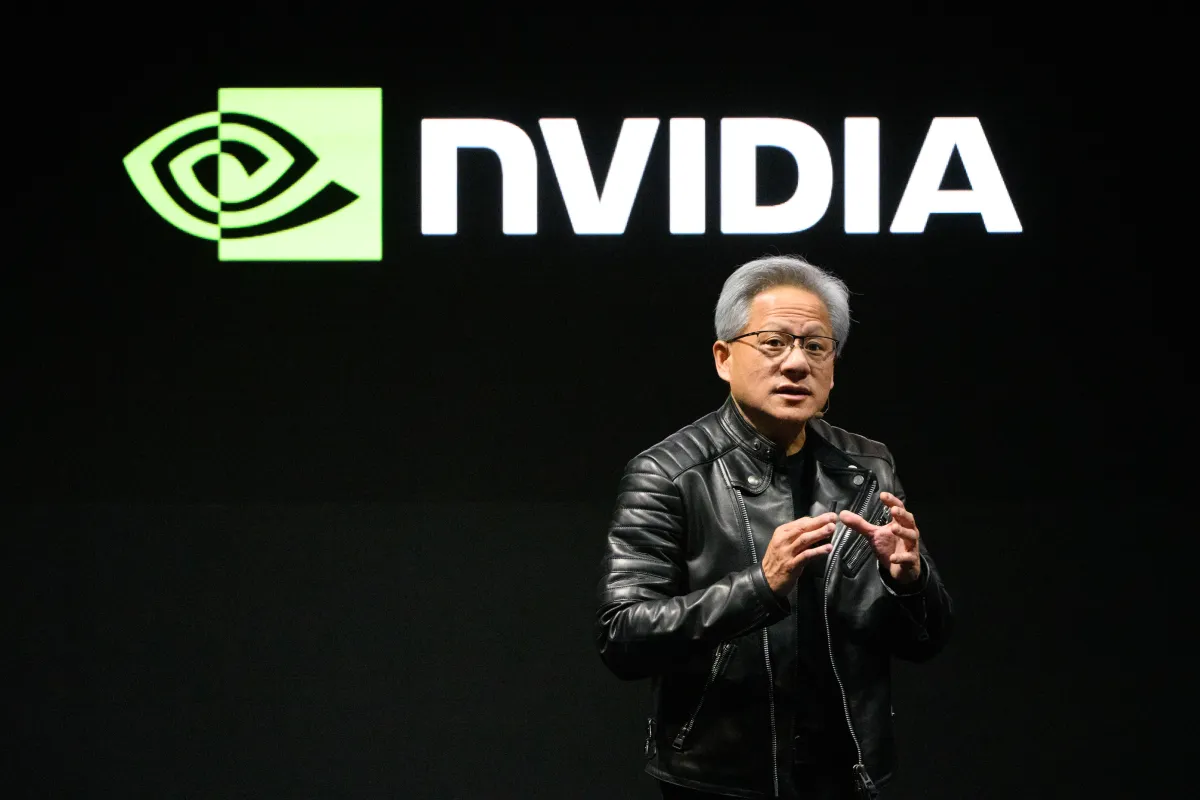
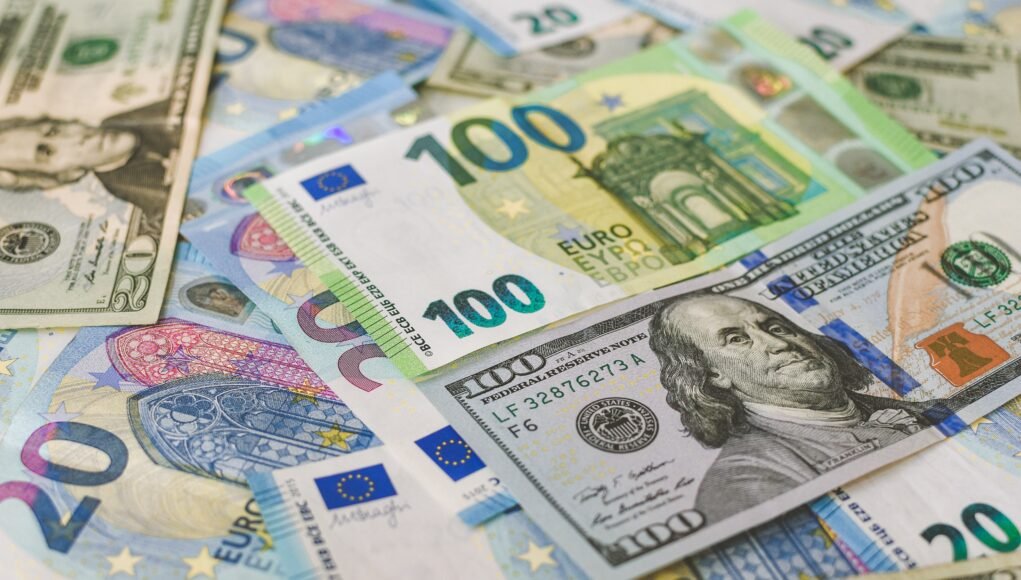



John
JwNkhVVX lNFuCxRA KHHFqV